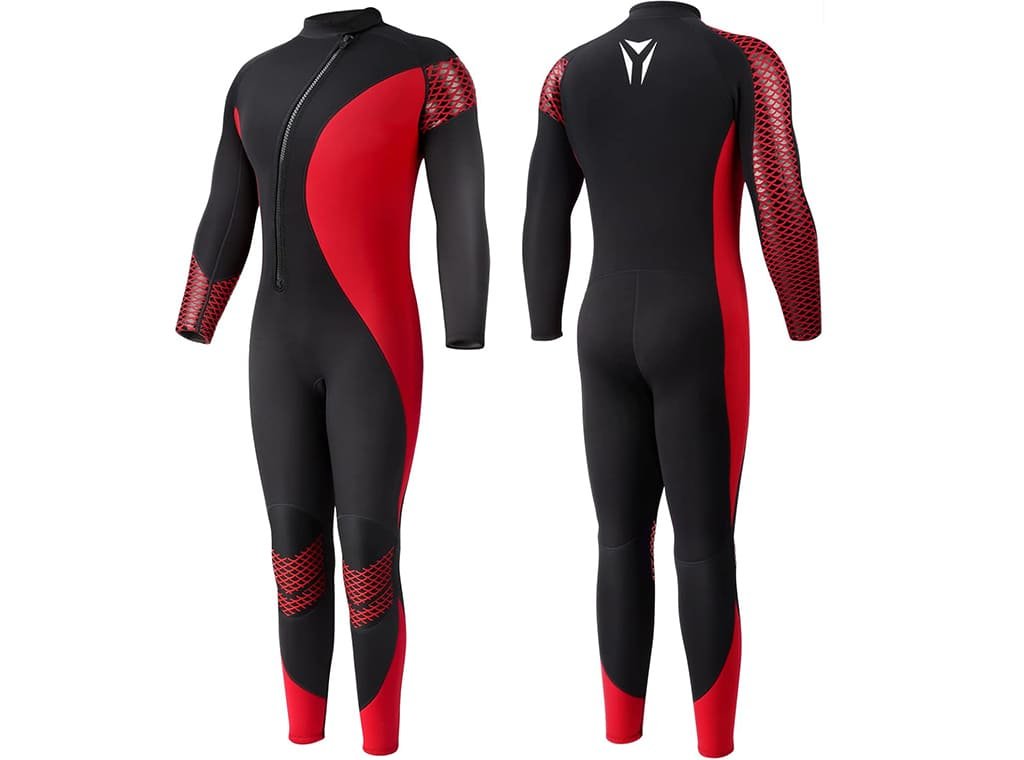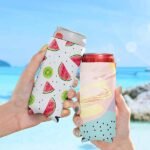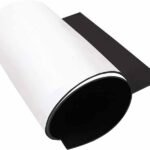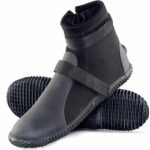When you first slip into a wetsuit, you might expect to emerge bone-dry—but the truth is a bit more nuanced. Wetsuits are engineered to trap a thin layer of water between your skin and the suit, using your body heat to warm that layer as insulation. This design keeps you warm but does not keep you completely dry.
Imagine catching your first wave in freezing water, marveling at the warmth as the neoprene works—only to realize that you’re still wearing a sliver of the sea inside your suit. Let’s dive into how wetsuits really work and what “dry” means in this context.
What materials are wetsuits made of?
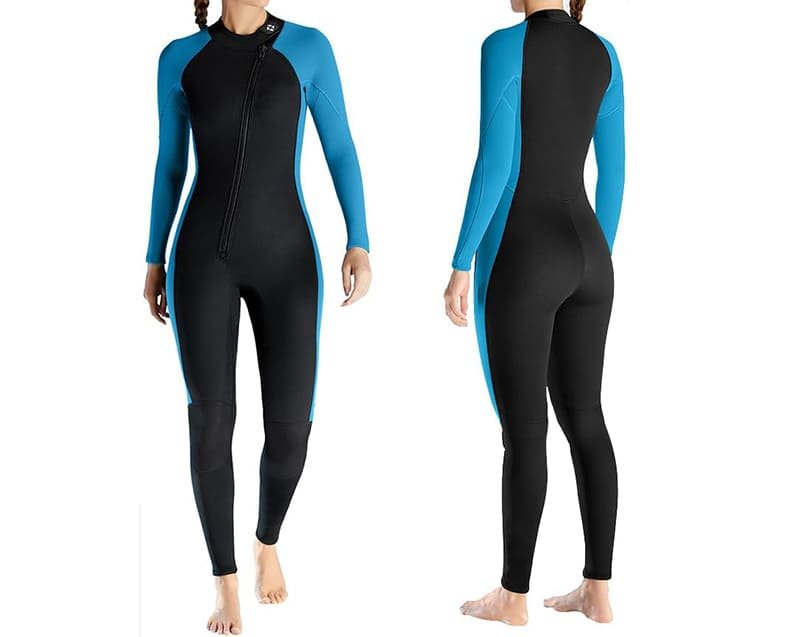
Most wetsuits are constructed from closed-cell neoprene—a synthetic rubber foam—often lined with nylon or polyester for durability and stretch. Variations include super-stretch neoprene for flexibility and limestone-based neoprene for eco-friendly production.
-
Closed-Cell vs. Open-Cell Neoprene
- Closed-cell: traps gas bubbles, resists water absorption, offers buoyancy.
- Open-cell: softer, sticks to skin, but soaks up water—better for cold, calm waters when paired with a tight fit.
-
Laminated Linings
- Nylon vs. polyester inner and outer linings impact durability, stretch, and drying time.
- Thermal linings (e.g., “Thermo Plush”) boost heat retention for tech suits.
-
Neoprene Alternatives
- Yamamoto limestone neoprene: higher uniformity, lower environmental impact.
- Geoprene: made from limestone and opaque minerals, offers eco-benefits.
-
Thickness and Composite Layers
- Multi-layered neoprene panels combine different densities for targeted flexibility and warmth.
- Key zones (torso) use thicker foam; limbs use thinner panels to preserve mobility.
How do wetsuits work to provide thermal insulation and repel water?
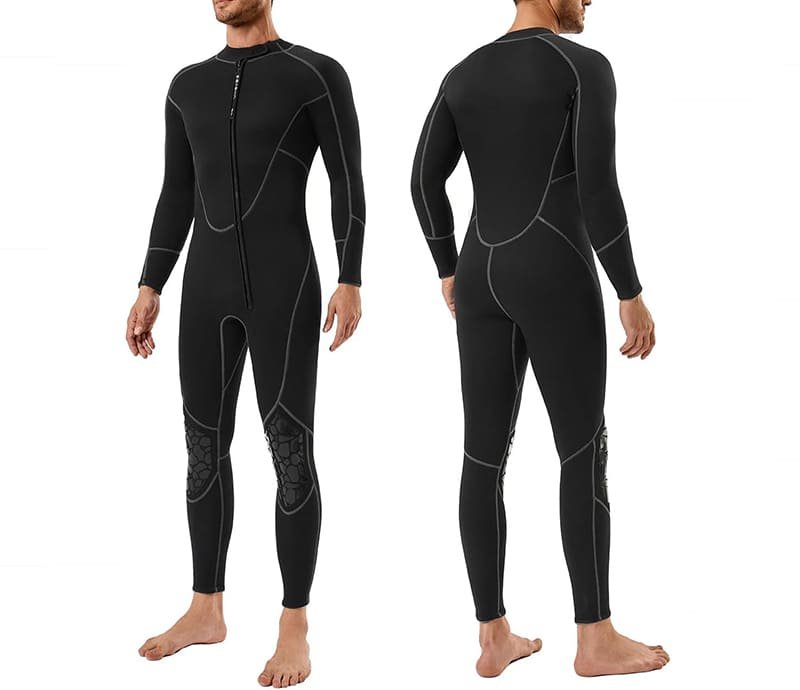
Are you still cold in a wetsuit?
Wetsuits trap a thin layer of water against your skin; your body heats this layer, creating an insulating barrier. Neoprene’s gas bubbles further slow heat loss. In very cold water, additional thickness or layering may be needed to prevent chills.
-
The “Heat Trapping” Mechanism
- Water ingress: 1–2 mm enters, warming to skin temperature.
- Neoprene gas bubbles reduce conduction, slowing heat escape.
-
Critical Temperature Thresholds
- Below ~10 °C (50 °F), even 5 mm suits may not suffice without booties, hoods, or layered undersuits.
-
Table: Recommended Wetsuit Thickness by Water Temp
Water Temperature (°C) Wetsuit Thickness (mm) Additional Gear >20 2 None 15–20 3 / 2+1 Booties (2 mm) 10–15 4–5 Booties, hood (3 mm) 5–10 5–6 / 5+3 Hood (5 mm), gloves <5 7 Dry gloves, puff jacket -
Suit Fit and Water Flush
- A snug fit limits water exchange; a loose suit “flushes,” replacing warmed water with cold.
- Sealed seams (glued & blind-stitched vs. taped) further reduce leaks.
Is a wetsuit waterproof or merely water-resistant?

Wetsuits are water-resistant, not fully waterproof. Neoprene and sealed seams slow water entry, but they rely on a controlled water layer for insulation. True waterproofing is found in drysuits, which prevent water ingress entirely.
-
Water-Resistant vs. Waterproof Defined
- Water-resistant: slows water penetration (e.g., neoprene, treated fabrics).
- Waterproof: blocks water completely (e.g., drysuit trilaminate, latex seals).
-
Seam Construction
- Flatlock: strong but water channels through stitching—best for warm waters.
- Glued & blind-stitched: limits channeling—ideal for cooler temps.
- Taped seams: adds waterproof tape over blind-stitch for extra barrier.
-
Coatings and Treatments
- DWR (Durable Water Repellent) on outer shells improves shedding but wears off over time—needs reapplication.
-
Limitations in Prolonged Immersion
- Even high-end suits saturate after hours; buoyancy and warmth degrade, but you never get soaked like in a drysuit failure.
-
User Scenario
- Scuba divers switching to a drysuit in 5 °C waters stay bone-dry for 8+ hours, but trade off mobility and pay 2–3× more.
Does a wetsuit keep you completely dry?
Do wetsuits stop you from getting wet?
No—wetsuits do not keep you completely dry. They allow a thin water film to enter and warm up. Underneath, you’ll feel damp, and any base layer or clothes you wear will also get soaked, though quickly warmed by your body heat.
-
Controlled Water Layer Concept
- How much water? Typically 1–3 mL per square centimeter of skin.
- Why it matters: too much water cools you; too little leaves cold spots.
-
Base Layers and Skin Contact
- Short johns or rash guards wick moisture, but will still be wet post-session.
- Purpose: protect against chafing and add a small thermal buffer.
-
Comparing Wetsuits to Dry Tops
- Surf wetsuits vs. swim skins: skins shed little water but offer no thermal layer.
-
Practical Tips
- Rinse your suit post-dive; small water pockets can degrade warmth over repeated sessions.
- Quick-dry hanging and gentle spin in washing machine help remove residual water.
Which wetsuit thickness is best for different water temperatures?
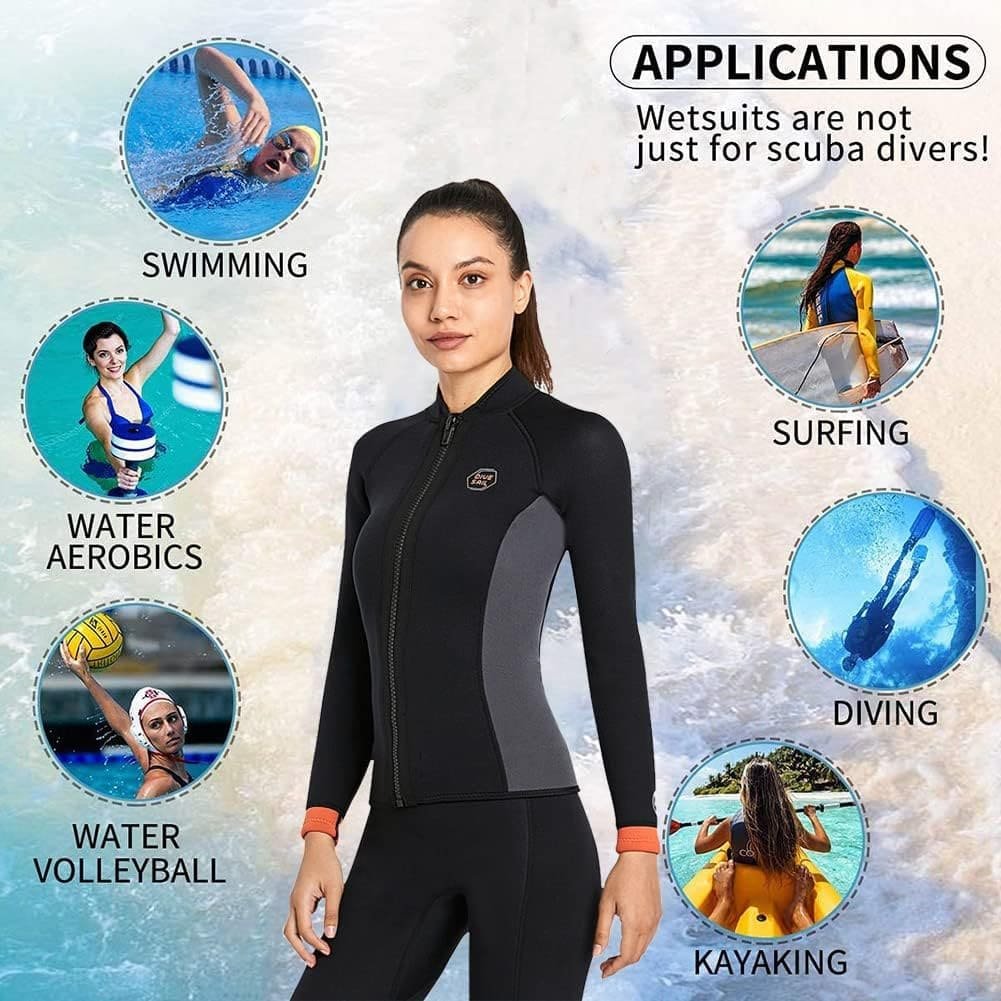
Match suit thickness to water temperature: 2 mm for ≥20 °C (68 °F), 3–4 mm for 15–20 °C (59–68 °F), 5 mm for 10–15 °C (50–59 °F), and 6–7 mm for ≤10 °C (50 °F). Adjust with hoods, gloves, and booties based on exposure.
-
Thickness Zones and Panel Design
- Variable thickness suits (e.g., 3/2 mm, 5/4/3 mm) optimize warmth where needed and flexibility elsewhere.
- Table: Common Thickness Combinations
Suit Type Torso Thickness Limb Thickness Ideal Range (°C) 2 mm 2 mm 2 mm ≥20 3/2 mm 3 mm 2 mm 17–22 4/3 mm 4 mm 3 mm 12–18 5/4 mm 5 mm 4 mm 8–14 6/5/4 mm 6 mm 5 mm / 4 mm 5–10 7 mm 7 mm 7 mm ≤5 -
Activity-Based Adjustments
- High-output sports (kiteboarding, surfing) generate body heat—lean toward thinner suits in cooler water.
- Low-output diving or snorkeling needs max insulation.
-
Fit vs. Thickness Tradeoff
- Thicker suits stretch less; ensure snug fit across chest and shoulders.
- Overly tight thick suits can restrict breathing and circulation—counterproductive to warmth.
-
Case Study
- In coastal Maine (~10 °C water), marine researchers use 5 mm with taped seams—maintained core temp for 4 hours underwater.
How do seals, zippers, and overall fit affect a wetsuit’s dryness?
Seals (wrists, ankles, neck), zipper type (back, chest, zipperless), and precise fit all influence water flush: tighter seals and chest zips reduce water entry, while looser fits and back-zips allow more water exchange, impacting warmth and comfort.
-
Seal Technologies
- Smooth-skin neoprene collars and wrists create near-watertight barriers.
- Glideskin: ultra-slick inner layer for easy entry and tighter seal.
-
Zipper Configurations
- Back-zip: easiest entry, but more prone to flush along the spine.
- Chest-zip: fewer entry points, less leak, better flexibility at shoulders.
- Zipperless: ultimate seal, requires stretch neoprene and assisted entry.
-
Custom Fit Benefits
- Custom-tailored suits (e.g., by Szoneier) match body dimensions—minimal gaps, maximal warmth.
- Off-the-rack vs. made-to-measure: measure height, chest, waist, hip, inseam, shoulder width.
-
Common Leak Points
- Underarm seams, crotch panels—reinforced taping or glue can mitigate leaks.
- Knee and elbow flex grooves balance movement and seal integrity.
-
Practical Advice
- Always rinse and dry inside out—prolongs seal longevity.
- Apply zipper lubricant quarterly to maintain smooth, tight closure.
What are the key differences between wetsuits and drysuits?
Wetsuits trap water for insulation, while drysuits keep you completely dry using watertight seals and zippers. Drysuits require undergarments for warmth, cost more, and offer full dryness for cold-water dives or long exposures.
-
Construction & Materials
- Wetsuit: neoprene foam, glued/bound seams, relies on body-warmed water.
- Drysuit: trilaminate nylon, vulcanized rubber (CSM), or compressed neoprene with liquid-tight seals.
-
Thermal Strategies
- Wetsuit: no undergarment needed; water layer plus neoprene foam insulates.
- Drysuit: base layers (fleece, wool) and air layer provide warmth—adjust buoyancy with valve.
-
Mobility & Use Cases
- Wetsuits excel in surfing, recreational diving, triathlon—cost-effective and flexible.
- Drysuits dominate cold-water, technical diving, paddle sports—full dryness but bulkier.
-
Environmental Impact
- Neoprene production emits greenhouse gases; move toward limestone neoprene.
- Drysuit trilaminate recycling programs emerging—longer lifespan offsets impact.
-
User Decision Factors
- Trip duration, water temperature, budget, activity intensity, required dryness.
Conclusion
Wetsuits offer a brilliant balance of warmth, flexibility, and affordability—but remember, they are water-resistant, not waterproof. You’ll get cozy, but you will feel a thin film of water against your skin. By understanding materials, thickness, seal systems, and activity demands, you can choose or customize the perfect suit for your adventures.
Ready to tailor your own neoprene solution?
At Szoneier, we specialize in R&D and manufacturing of all types of neoprene products—wetsuits, sleeves, backpacks, and more. With free design services, logo customization, and sample provision, we partner with both SMEs and high-end brands to bring your vision to life.
Contact us today to request a quote and start customizing your ideal wetsuit or neoprene gear!

